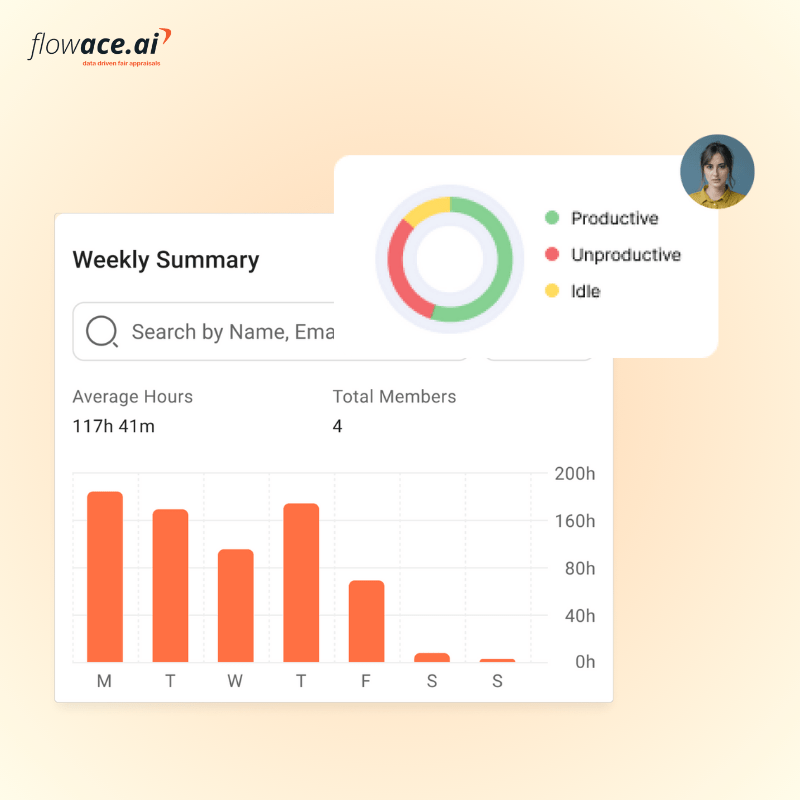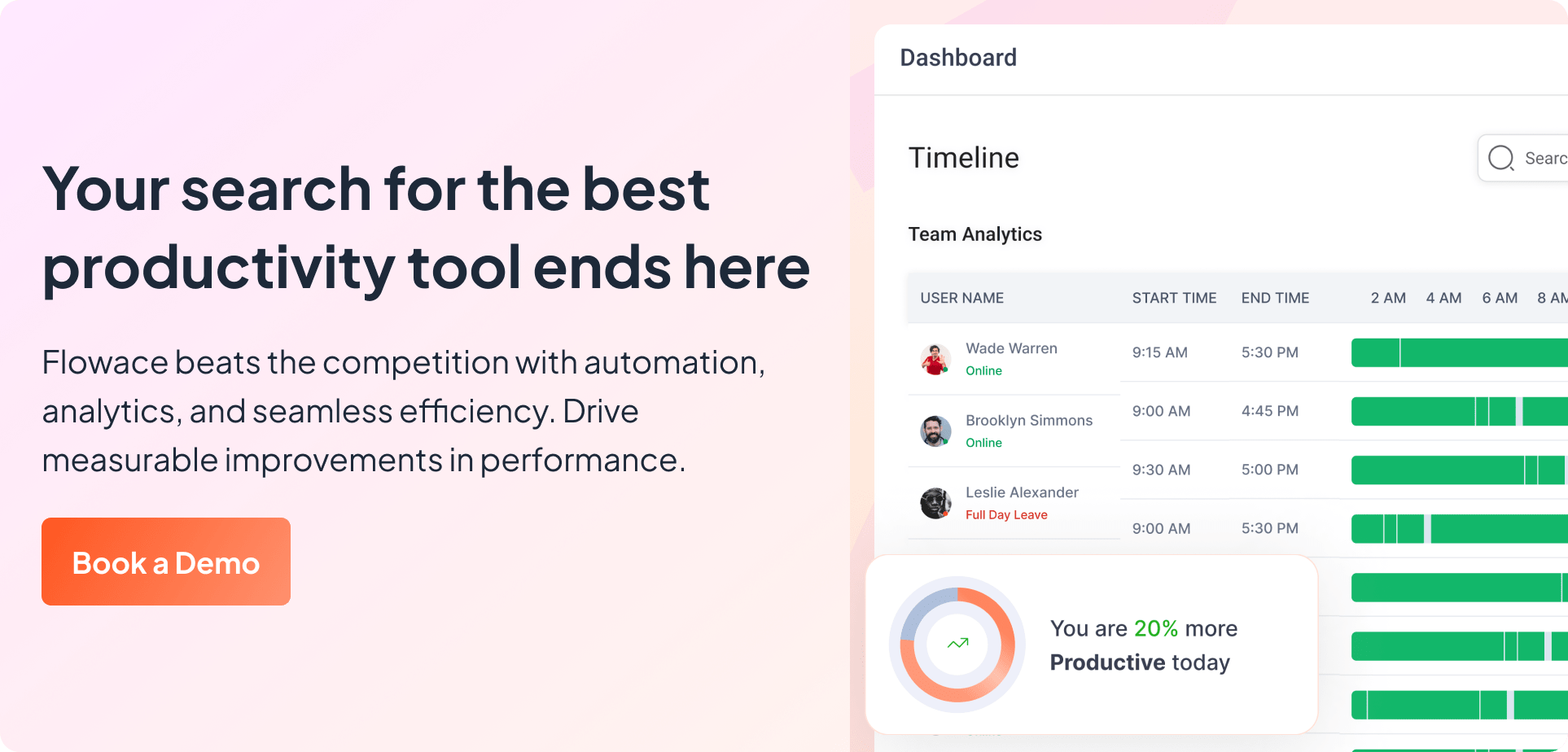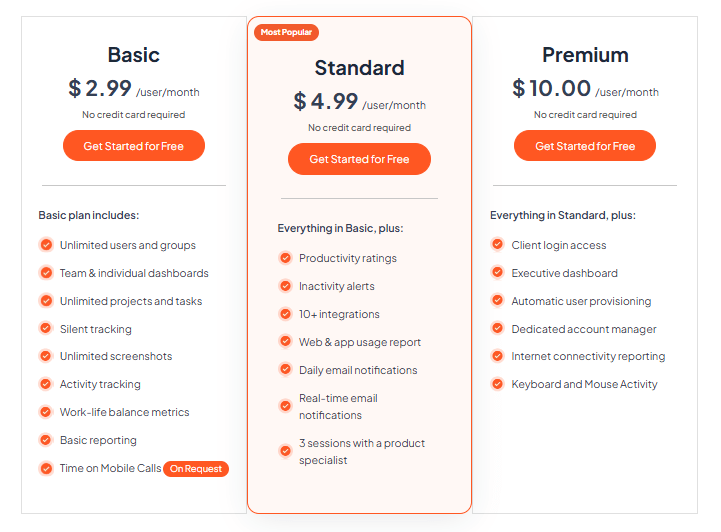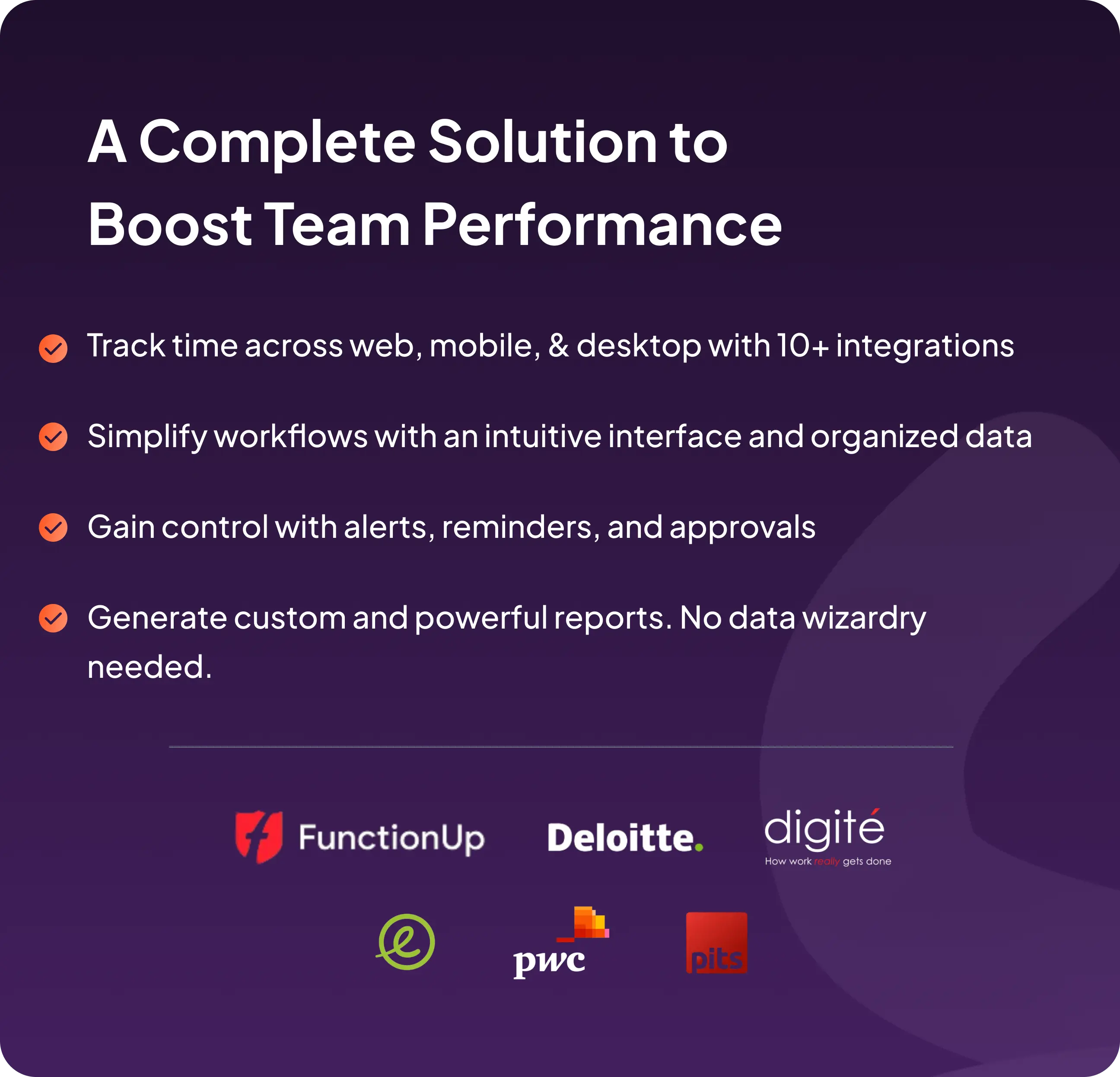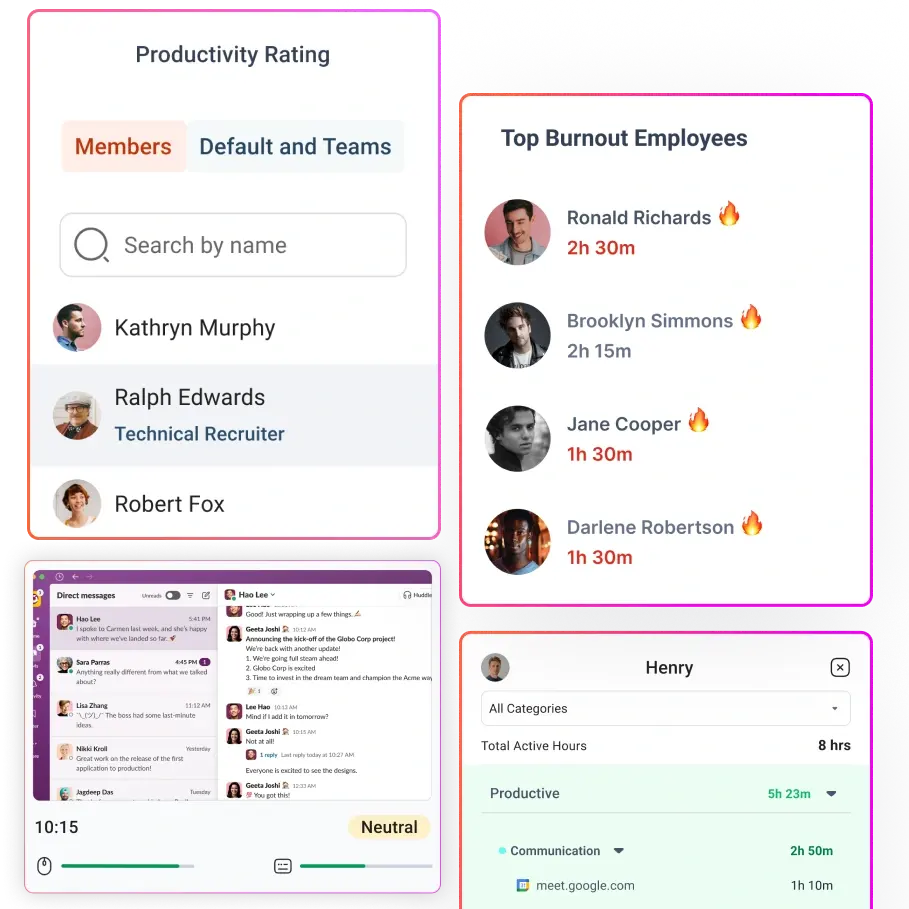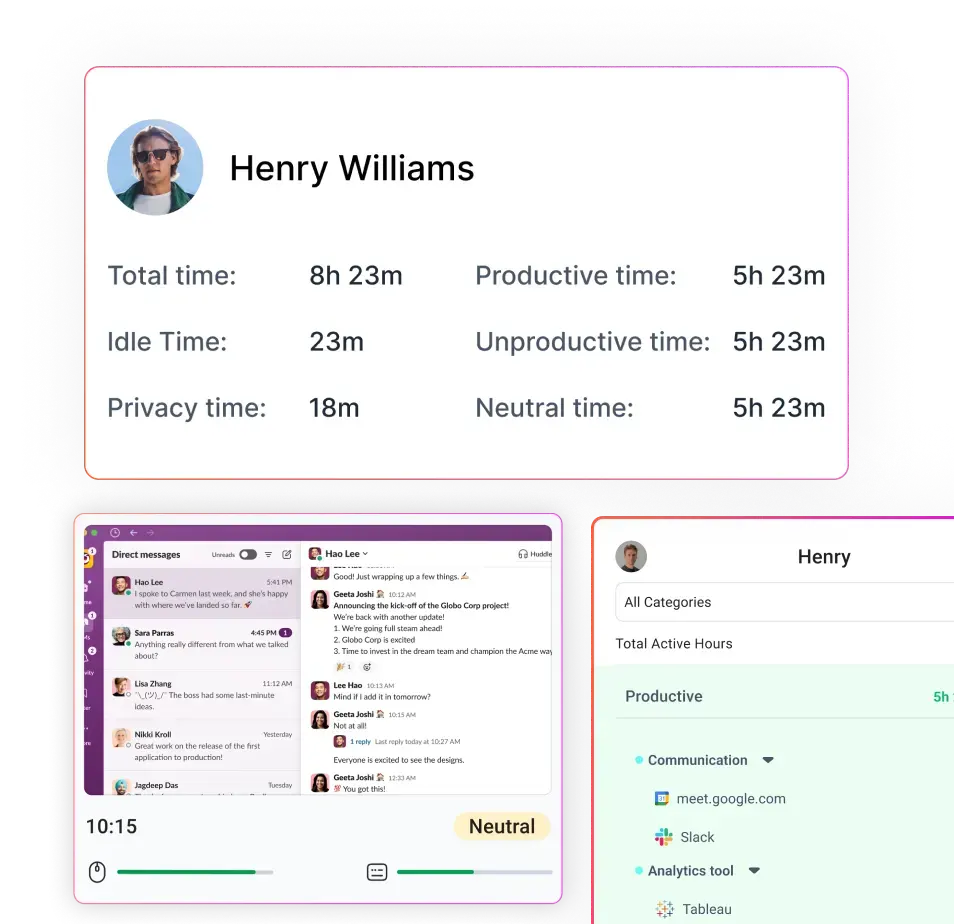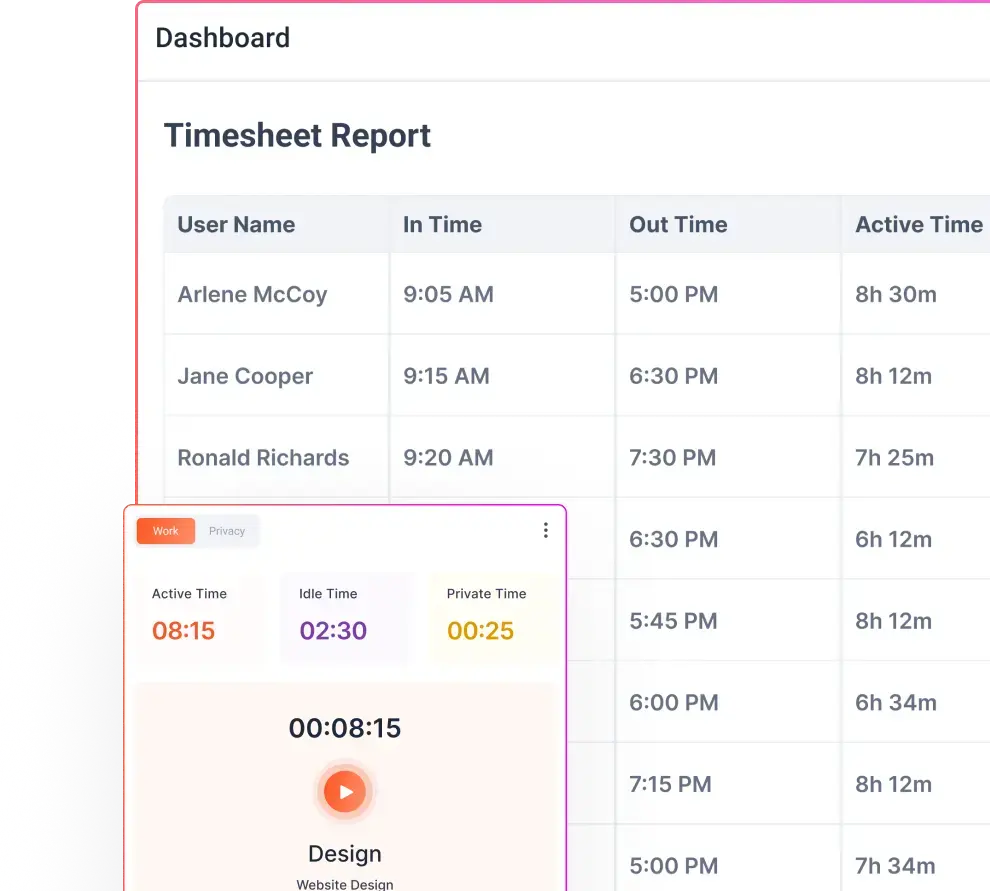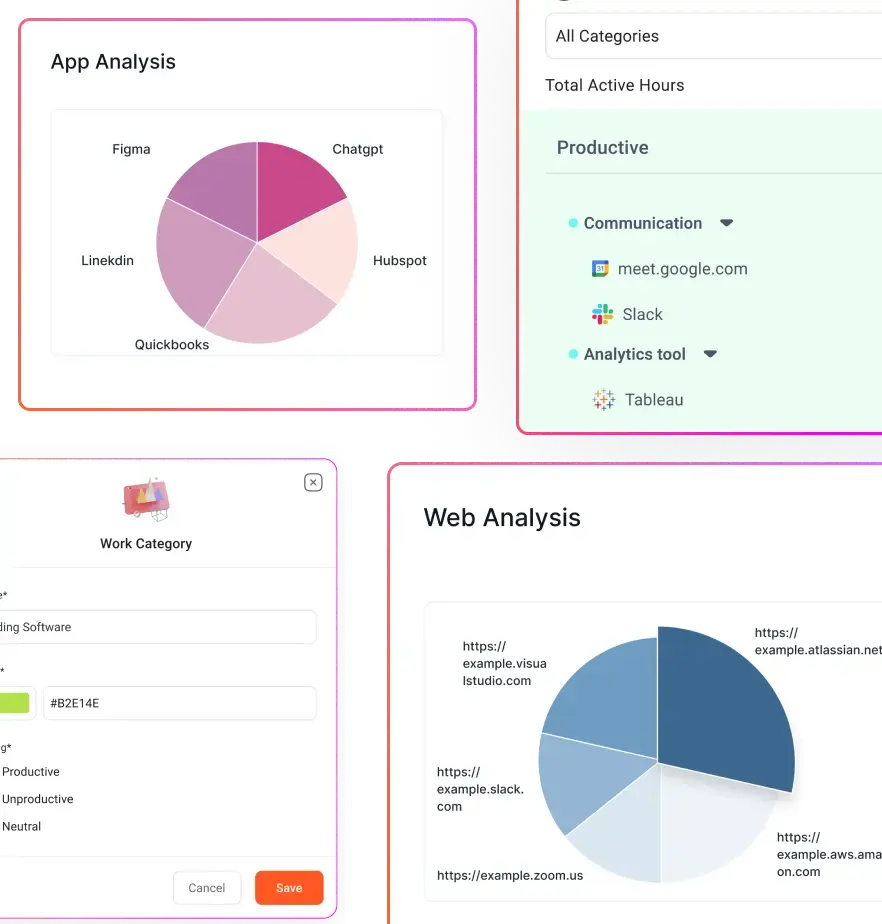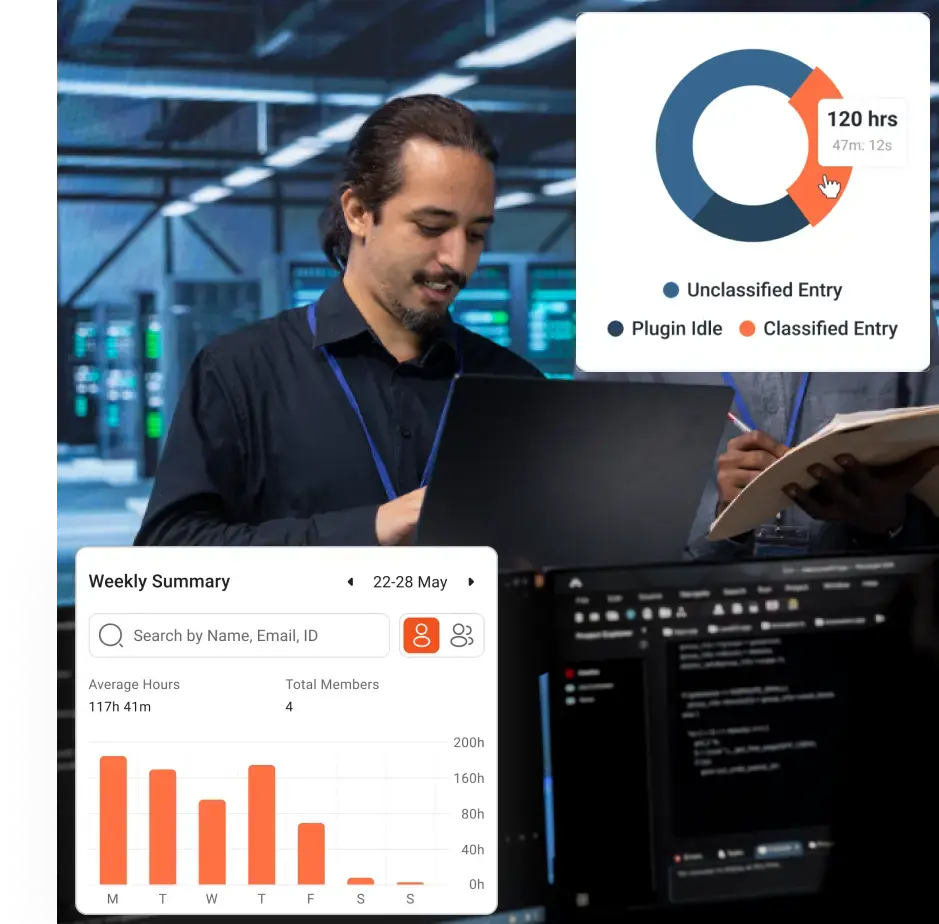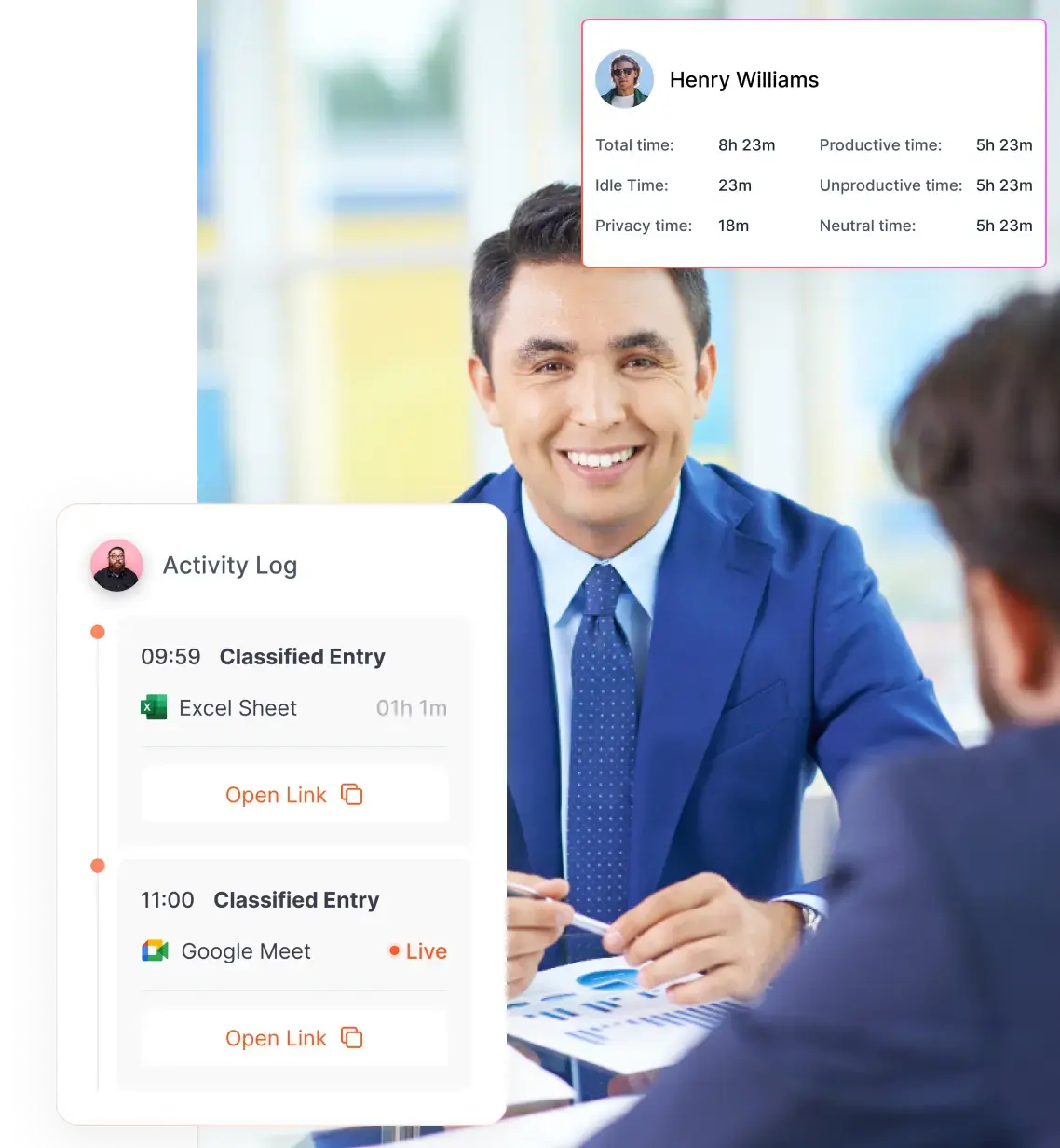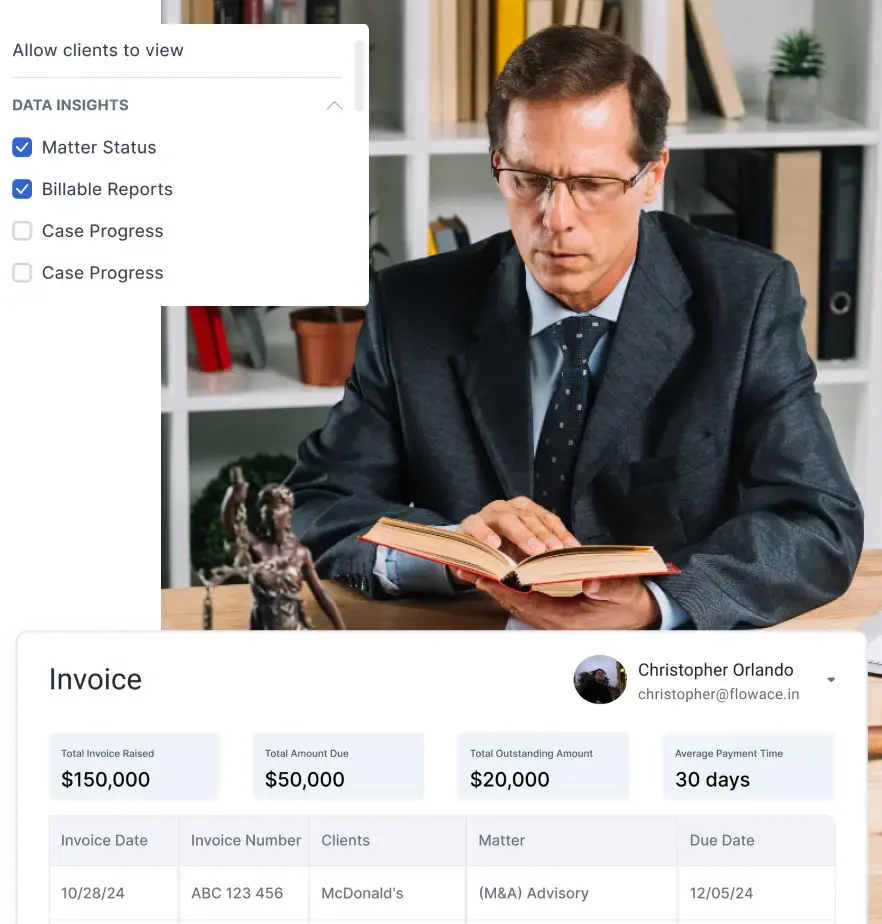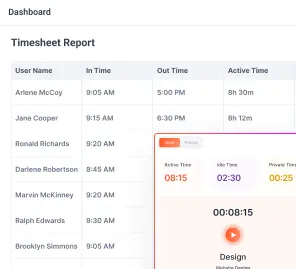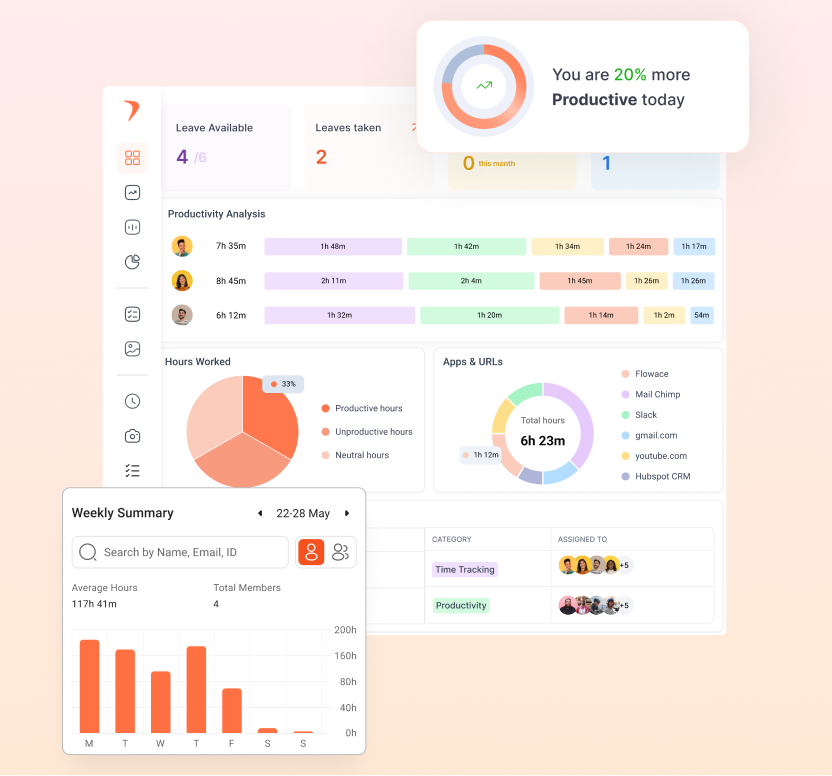In industries that run 24/7, like hospitals, factories, and emergency services, keeping operations going around the clock is non-negotiable. But balancing employee health, shift fairness, and operational efficiency? That’s the real challenge. Enter the 2-2-3-schedule, also known as the Panama schedule, a rotating shift strategy that cleverly spreads out work and rest over a two-week cycle.
It’s not your typical 9-to-5. Instead, it’s designed to reduce burnout, maintain continuous coverage, and give employees predictable, balanced time off.
Let’s dive into why it’s such a popular choice for mission-critical environments.
What is the 2-2-3-schedule?
The 2-2-3-schedule, often called the Panama schedule, is a rotating shift plan where employees work:
- 2 days on
- 2 days off
- 3 days on
Followed by:
- 2 days off
- 2 days on
- 3 days off
This two-week cycle repeats continuously, often paired with 12-hour shifts. It typically requires four teams to rotate in and out so that every day and night shift is covered without needing overtime or extra headcount.
Unlike traditional 5-day workweeks, the 2-2-3-schedule structure is focused on:
- Ensuring 24/7 coverage
- Reducing worker fatigue
- Providing fair time-off distribution
- Simplifying long-term scheduling
How It Works
|
Week |
Mon | Tue | Wed | Thu | Fri | Sat | Sun |
|
Week 1 |
On |
On |
Off |
Off |
On |
On |
On |
| Week 2 | Off | Off | On | On | Off | Off |
Off |
This pattern offers a 3-day weekend every other week and balances work with rest across long shifts.
Typical Shift Lengths
Most organizations that adopt the 2-2-3 model use 12-hour shifts:
- Day shift: 7 AM to 7 PM
- Night shift: 7 PM to 7 AM
Employees are usually assigned to either permanent day/night shifts or rotate between day and night on a multi-week cycle.
Team Rotations
The schedule relies on four teams:
- Team A
- Team B
- Team C
- Team D
Each team alternates between:
- Day or night shifts
- Working vs. resting days
- Weekend vs. weekday coverage
This ensures every shift slot is covered 24/7, with no team overburdened.
Who Uses the 2-2-3 Schedule?
The 2-2-3 schedule has become a cornerstone for industries that require uninterrupted operations. By providing a rotating but predictable structure, it ensures continuous staffing without overburdening employees.
From hospitals to high-tech data centers, the 2-2-3 model allows teams to work smarter, not harder, while maintaining essential coverage.
Healthcare
Hospitals, urgent care centers, and elder care facilities depend on the 2-2-3 schedule to maintain consistent, 24/7 staffing without draining their workforce. Doctors, nurses, technicians, and emergency personnel benefit from the alternating rest periods that this schedule offers, especially given the emotional and physical toll of medical work.
The 2-2-3 model gives healthcare workers predictable blocks of rest, including every other weekend off, which is a rare perk in this sector. This balance not only prevents burnout but also supports better patient care outcomes, as well-rested teams are more alert and less error-prone.
It’s particularly valuable in critical care units, where patient conditions can change rapidly, and fatigue can have life-or-death consequences.
Manufacturing & Industrial Plants
In manufacturing environments, uptime is king. Any downtime in a 24/7 production line, energy plant, or heavy industrial operation can mean major financial losses. The 2-2-3 schedule helps avoid such disruptions by ensuring that skilled workers are always available to operate, monitor, and maintain equipment, even during night hours and holidays.
Manufacturing plants often pair the 2-2-3 model with 12-hour shifts, giving teams ample time to complete tasks without constant handovers. At the same time, the extended breaks built into the schedule give workers time to recover, reducing injury risk and turnover. From assembly lines to chemical facilities, this model strikes a smart balance between output and employee welfare.
Emergency Services
When emergencies strike, firefighters, paramedics, and dispatch operators must be ready, whether it’s the middle of the night or a holiday weekend. The 2-2-3 schedule allows emergency response units to maintain constant readiness without overworking crews. This is especially crucial in high-stress environments, where decision-making speed and clarity can save lives.
The predictable rotations give emergency responders enough downtime to recover mentally and physically between intense calls. It also supports team cohesion, as groups typically rotate through shifts together, building trust and communication. For departments balancing tight budgets with high public expectations, the 2-2-3 system is an efficient and sustainable solution.
Logistics & Warehousing
With e-commerce and global supply chains operating nonstop, logistics companies can’t afford staffing gaps. Warehouses, distribution centers, and last-mile hubs often run 24/7 fulfillment operations, where downtime isn’t an option.
The 2-2-3 schedule ensures that goods keep moving through the pipeline, be it sorting, packing, or dispatching, regardless of the hour.
The long shifts allow teams to handle large volumes of work in fewer days, while the rotating days off help reduce absenteeism and improve retention in an industry often plagued by turnover. For supervisors, the consistency of the schedule makes it easier to plan inventory cycles and staffing levels. Ultimately, it ensures reliability and speed, which are the lifelines of the logistics world.
Data Centers & IT Operations
IT systems and data centers must be monitored 24/7 to prevent downtime, cyber threats, and service outages. The 2-2-3 schedule is a natural fit for this sector, where system admins, network engineers, and NOC (Network Operations Center) analysts must remain vigilant across all time zones.
With rotating shifts, teams can monitor server health, manage security alerts, and respond to incidents at any hour, without excessive overtime or burnout. The model also supports overlapping shift handovers, so teams can brief one another thoroughly and reduce information gaps. In a world where one minute of downtime can cost thousands (or millions), the 2-2-3 system ensures nonstop vigilance without exhausting your workforce.
Utilities (Water, Power, Gas)
Utility companies are responsible for keeping the lights on, water running, and gas flowing, regardless of weather, time, or crisis. The 2-2-3 schedule supports these essential operations by creating a rotating roster of technicians, engineers, and plant operators who can manage control rooms, repair crews, and emergency response units without interruption.
Utilities often face unpredictable demand surges or service disruptions (e.g., during storms or public events). The flexibility of the 2-2-3 model means there’s always a trained team ready to respond. Even during holidays or time off, the system ensures that no one is overworked while the infrastructure continues to operate reliably and safely for millions of customers.
Variations of the 2-2-3 Workweek
While the standard 2-2-3 schedule is well-structured for 24/7 operations, it’s far from one-size-fits-all. Different industries and workplaces have unique demands, employee preferences, and operational rhythms. As a result, many organizations customize the 2-2-3 framework to better suit their workforce’s well-being, employee productivity, or regulatory requirements. These variations reflect a strategic balance between coverage and comfort, efficiency and flexibility.
Let’s explore the most common adaptations:
Day/Night Rotation Models
A key decision when implementing the 2-2-3 schedule is whether employees should work permanent shifts (fixed day or night) or alternate between day and night shifts.
In rotating models, workers might switch between day and night shifts every 2 weeks, 4 weeks, or monthly. This ensures equal exposure to both shift types and prevents any one group from being stuck with only night work. However, rotating shifts can disrupt circadian rhythms, leading to sleep disorders and decreased alertness if not managed carefully.
In fixed-shift models, employees are assigned exclusively to either day or night shifts. This is especially common in healthcare, IT, and data center operations, where consistent sleep and wake cycles can enhance employee health and performance. Although this may lead to some inequity in weekend or holiday assignments, it greatly improves schedule stability and personal planning.
Organizations often choose one model over the other based on employee feedback, operational complexity, and performance data.
2-2-3-2 Model (DuPont Variation)
The DuPont schedule, also referred to as the 2-2-3-2 model, is a four-week rotating shift cycle that builds on the traditional 2-2-3 framework by offering a more varied work/rest cadence.
Here’s what the cycle looks like:
- Week 1: 4 days on, 3 days off
- Week 2: 3 days on, 1 day off, 3 days on
- Week 3: 4 days off, 3 days on
- Week 4: 3 days off, 4 days on
Employees work an average of 42 hours per week over the cycle, usually in 12-hour shifts, and enjoy a full 7-day break every 4 weeks. This makes it particularly attractive in high-demand sectors like chemical processing, refineries, power plants, and large-scale factories.
Although more complex to administer, the DuPont model gives employees longer blocks of both work and rest, ideal for tasks that require deep focus or extended continuity on-site. However, it may also increase fatigue if not balanced with proper support and staffing.
Static vs. Rotating Shifts
Another key variation involves how shifts are assigned: do workers stick to a fixed shift schedule, or do they rotate between different shift times and days?
Static (Fixed) shifts are predictable; employees always work the same hours and days on a repeating cycle. This is especially appreciated by workers with families, students, or those managing medical conditions, as it supports life planning, consistency, and work-life balance.
Rotating shifts, on the other hand, may vary in time (day vs. night) or in the days worked (weekdays vs. weekends). While this promotes fairness, ensuring no one gets stuck with all the least desirable hours, it can cause disorientation, fatigue, or dissatisfaction if not handled with adequate rest and communication.
Companies often choose based on workforce size, scheduling software capabilities, and employee preferences, sometimes offering workers a choice between static or rotating patterns.
Split Schedules (Shorter Shifts or Part-Time Adaptations)
In some sectors, particularly those dealing with labor shortages, union mandates, or part-time workforce models, employers may adapt the 2-2-3 schedule to shorter shifts, usually 8 hours instead of 12.
This often results in more shift handovers per day (e.g., three 8-hour shifts instead of two 12-hour shifts), which can improve flexibility but also increase the complexity of scheduling and communication. There’s a higher risk of information gaps, especially in roles that depend on continuous operations or real-time updates.
Split or shortened versions of the 2-2-3 schedule may also be used to:
- Accommodate younger or aging workers who may struggle with long shifts
- Create part-time coverage pools during peak demand periods
- Comply with labor laws in jurisdictions where 12-hour shifts are restricted
While more intricate, these versions help organizations remain agile and more inclusive of different employee capabilities and preferences.
Customization is Key
The strength of the 2-2-3 schedule lies in its flexibility. Whether you’re running a high-output manufacturing line or a mission-critical control room, there’s a version of this schedule that can be molded to fit your workforce and business goals.
The key is to align shift design with:
- Employee health and satisfaction
- Operational coverage requirements
- Compliance with labor laws
- Technological or logistical complexity
When well-implemented, the 2-2-3 and its variations offer a sustainable rhythm of productivity and rest, keeping both businesses and people running at their best.
Pros & Cons of the 2-2-3 Work Schedule
The 2-2-3 shift schedule is favored by many 24/7 organizations due to its balance of operational efficiency and employee well-being. But like any schedule, it comes with trade-offs. Let’s explore the advantages and disadvantages from both employee and employer perspectives.
Benefits of the 2-2-3 Schedule
Predictable Work-Life Balance
Employees enjoy regular, repeating cycles of work and rest. This predictability makes it easier to plan personal time, childcare, medical appointments, and even vacations, especially since every other weekend is a guaranteed break.
The built-in 3-day weekends can feel like a reset button, improving morale and reducing burnout risk.
Fewer Workdays, Same Full-Time Hours
The schedule typically involves 12-hour shifts, meaning employees work fewer days (7 out of 14) while still logging around 84 hours per two-week cycle. That’s a full-time workload, but with more off-days than a standard 9-to-5.
Full 24/7 Coverage for Employers
For businesses that never sleep, the 2-2-3 pattern guarantees non-stop coverage without needing constant overtime or patchwork scheduling. Employers can staff four rotating teams to ensure that every shift, day or night, weekday or weekend, is covered efficiently and predictably.
Fosters Team Cohesion
With fewer shift handovers and longer shared hours, employees on the same team often build stronger working relationships. This is especially helpful in high-trust environments like emergency services or IT ops, where communication and synergy matter.
Reduced Overtime and Fatigue-Related Errors
When managed well, the alternating rest periods help reduce overworking. Fatigue-related mistakes, common in 5–6-day workweeks, can be avoided, especially when employees have sufficient downtime between high-intensity shifts.
Challenges of the 2-2-3 Schedule
Fatigue From Long Shifts
12-hour shifts, while efficient, are mentally and physically demanding, especially when tasks are repetitive or high-stakes. If not supported by adequate breaks or recovery periods, employees may feel drained after a few consecutive workdays. But keep in mind to minimize idle time as possible.
Night Shift Health Impact
Alternating or fixed night shifts can disrupt circadian rhythms, leading to sleep disorders, reduced alertness, and long-term health issues. The impact is more pronounced when schedules rotate too quickly without adequate time for adjustment.
Complex Scheduling for Managers
The 2-2-3 model requires careful planning, particularly when organizing team rotations, managing vacations, and covering unexpected absences. It’s easy for scheduling to become chaotic if not managed with the right productivity software.
Harder to Align Team Communication
With different teams on different schedules, cross-team coordination (e.g., team meetings, shared projects, training sessions) can become tricky. Without a strong communication system, things can fall through the cracks.
2-2-3 Shift Challenges and Solutions
The 2-2-3 schedule solves many operational problems, but it’s not without pain points. The good news is that most of these challenges can be overcome with proactive planning, communication, and the right technology stack.
How to Keep Teams Connected With Communication
One of the biggest hurdles in 2-2-3 schedules is asynchronous collaboration. With different teams working at different times, information silos can easily form, and miscommunication can lead to operational errors.
Here’s how to keep everyone on the same page:
- Adopt asynchronous tools: Use platforms like Slack, Microsoft Teams, or Twist where updates can be logged and accessed anytime.
- Create handover templates: Standardize how teams hand off information between shifts to prevent critical gaps.
- Use shared dashboards or digital logs: Tools like Notion, Confluence, or Shift Logs help centralize updates and notes.
- Schedule overlap windows: Allow brief windows where outgoing and incoming teams can meet virtually or in-person for updates.
- Set weekly or bi-weekly alignment meetings: Even if teams work opposite shifts, rotate meeting times so all voices are heard.
- Good communication is about designing systems that work despite scheduling fragmentation.
Tips to Make the 2-2-3 Schedule Work
Here’s how organizations can ensure the 2-2-3 model works for everyone involved:
Train managers on fatigue risk management
Help them identify signs of burnout and fatigue, especially in night-shift teams.
Encourage healthy sleep habits
Offer guidance or tools to improve sleep hygiene, especially when rotating between day and night shifts.
Prioritize ergonomics and breaks
Equip workstations for long shifts and ensure break schedules are respected to prevent physical or cognitive exhaustion.
Rotate fairly
If using rotating shifts, ensure that all employees cycle through equally. Don’t let one team always handle weekends or night shifts.
Listen to employees
Conduct pulse surveys regularly to assess how teams are adapting and adjust the schedule accordingly.
Use data to detect problems
Monitor absenteeism, error rates, and productivity dips by shift to find and fix any weaknesses in the rotation.
How Technology Can Help
Modern workforce management tools are designed to simplify scheduling, improve communication, and prevent burnout in complex shift systems like 2-2-3.
Here’s how tech makes it easier:
Automated Scheduling Tools
Platforms like Flowace let you build, automate, and adjust 2-2-3 shift templates with drag-and-drop interfaces and custom rules. They also help avoid coverage gaps and handle swaps easily.
Time & Attendance Integration
Sync shift schedules with real-time time tracking, so managers can spot absenteeism or overtime before it becomes a problem.
Real-time Team Communication
Apps like Slack and MS Teams keep distributed teams in sync, even when they’re never in the building at the same time.
Wellness & Fatigue Monitoring
Advanced platforms (like Flowace or Workday with plugins) allow HR to monitor workload analysis trends, flag overworked employees, and take proactive steps toward better work-life balance.
Shift Handoff Logs
Digital logs or shared apps ensure that crucial information is never lost between outgoing and incoming teams.
With the right tools, the 2-2-3 schedule becomes less of a challenge and more of a strategic advantage, delivering operational continuity without compromising employee health or team cohesion.
How to Manage a 2-2-3 Shift Pattern
Without proper management, the 2-2-3 structure can quickly turn into a logistical headache, leading to scheduling conflicts, communication gaps, and employee burnout.
To make the most of this powerful work pattern, organizations must take a strategic and people-first approach. That means building clear processes, using smart scheduling tools, and constantly fine-tuning based on team feedback and performance data.
Here’s what effective management of a 2-2-3 schedule looks like in action:
1. Enforce Breaks and Rest Periods
When employees are working 12-hour shifts, their physical and mental stamina is tested. It’s critical to build scheduled break times directly into the shift structure and to enforce them consistently. Skipped breaks, especially on long consecutive days, can lead to rapid burnout, errors, and increased safety risks.
Best Practices:
- Schedule mandatory breaks (15-minute breaks every 4 hours + a meal break).
- Use time-tracking tools to log actual break times vs. scheduled breaks.
- Encourage micro-breaks to rest eyes, stretch, and hydrate.
2. Streamline Shift Handoffs
In a rotating schedule with multiple teams, shift transitions are frequent and critical. Poor handoffs result in miscommunication, duplicate work, or missed priorities, especially in high-stakes environments like healthcare, logistics, or data centers.
Best Practices:
- Implement digital handoff logs where teams record updates and status reports.
- Standardize shift change procedures using templates or SOPs.
- Allow a 15–30 minute overlap between shifts for direct handover communication.
3. Prioritize Wellness and Fatigue Management
Fatigue is one of the biggest risks in long-shift environments. A tired employee is more likely to make mistakes, take sick leave, or disengage. Organizations must go beyond scheduling and take proactive steps to monitor well-being.
Best Practices:
- Use analytics to track fatigue trends (e.g., error rates, absenteeism, shift swaps).
- Encourage sleep education and offer access to wellness resources.
- Rotate night shifts fairly to reduce circadian stress.
4. Stay Compliant with Labor Laws
Different countries, and even regions, have strict laws about maximum shift lengths, overtime, rest periods, and night shift policies. A 2-2-3 schedule must be customized to meet legal requirements while still delivering 24/7 coverage.
Best Practices:
- Consult with legal/HR teams before deploying shift models.
- Maintain audit-ready records of worked hours, breaks, and PTO usage.
- Use scheduling software that automatically flags compliance risks.
How Flowace Helps You Manage 2-2-3 Shifts Seamlessly
Managing the 2-2-3 schedule manually is inefficient and prone to errors. Flowace transforms this challenge into a streamlined, data-driven process, making it easier for operations managers, HR teams, and employees to thrive within a rotating shift environment.
Here’s how:
Shift Scheduling & Attendance
Flowace offers a smart, automated shift planner that lets you:
- Create and repeat 2-2-3 templates across weeks and teams.
- Automatically track clock-in, clock-out, and break durations, whether from desktop or mobile.
- Flag late arrivals, absences, or skipped breaks in real-time.
This removes the burden of manual attendance tracking and ensures accountability.
Time & Productivity Insights
Flowace doesn’t just track hours, it provides context-rich productivity data, helping you understand how employees are spending time during long shifts.
You can:
- View detailed activity timelines across applications, websites, and tools.
- Identify employees showing signs of overwork or disengagement.
- Analyze idle time, focus hours, and multitasking patterns, perfect for spotting fatigue trends.
These insights empower managers to intervene early, reassign work, or rotate duties to keep morale high and performance strong.
Compliance & Reporting Tools
Flowace simplifies compliance by:
- Generating audit-ready automated timesheets for every employee.
- Automatically logging hours worked, overtime, breaks, and PTO.
- Helping HR track and enforce legal rest periods and night shift rules.
No more scrambling through spreadsheets or paper logs, Flowace ensures you’re always ready for audits, labor board inquiries, or internal policy reviews.
Support for Handoffs & Transparency
Cross-team coordination is seamless with Flowace’s visual activity logs and shareable work timelines. Outgoing employees can leave detailed notes or task progress, and incoming shift members can pick up where they left off, no guesswork involved.
- Share real-time work logs at shift change.
- Provide managers with an overview of team-wide activity trends.
- Use employee performance dashboards to track knowledge transfer, task status, and coverage gaps.
This reduces miscommunication and ensures that every task is accountable, transparent, and traceable.






































